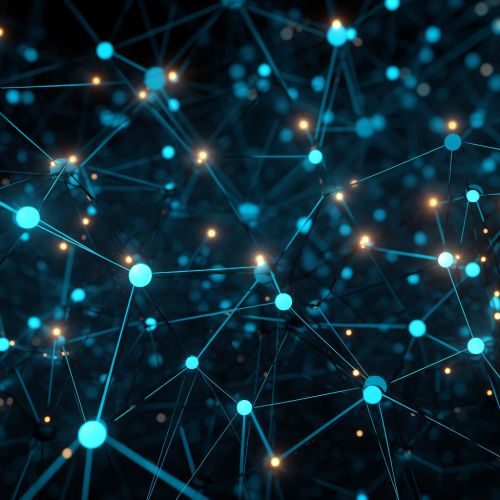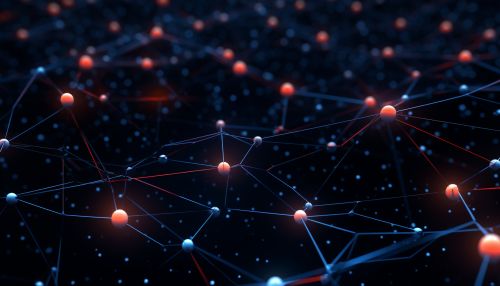The Science of Neural Networks and Deep Learning
Introduction
Neural networks are a subset of machine learning, which is essentially a neural network with three or more layers. These neural networks attempt to simulate the behavior of the human brain—albeit far from matching its ability—in order to “learn” from large amounts of data. While a neural network with a single layer can still make approximate predictions, additional hidden layers can help optimize the results.


Understanding Neural Networks
A neural network takes in inputs, which are then processed in hidden layers using weights that are adjusted during training. Then the model spits out a prediction. The weights are adjusted to find patterns in order to optimize the output error in making predictions. The user does not need to specify what patterns to look for, the neural network learns on its own.
Structure of Neural Networks
A neural network is made up of layers of nodes or neurons. There are three types of layers: input, hidden, and output layers. The input layer directly receives the data, while the output layer creates the final output. The hidden layers perform computations and transfer information from the input layers to the output layer. A single layer of neurons is called a perceptron. Like humans, the more neurons, the more the network can learn.


Deep Learning
Deep Learning is a subset of machine learning where neural networks are expanded into neural networks with many layers. "Deep" refers to the number of layers in the network—the more layers, the deeper the network. Traditional neural networks only contain 2-3 hidden layers, while deep networks can have as many as 150.
Deep learning models are built using large sets of labeled data and neural network architectures that learn features directly from the data without the need for manual feature extraction.
How Deep Learning Works
One of the main advantages of deep learning is that it can take in raw input data, process it through multiple layers, and output a prediction. Each layer processes the input data, applies a weighted sum, and passes it onto the next layer—this is known as forward propagation. After the output is produced, the model compares the prediction with the actual output, adjusts the weights to minimize the error, and propagates this information back into the network—this is known as backpropagation.


Neural Networks vs Deep Learning
While both neural networks and deep learning aim to create accurate predictive models, there are differences. Neural networks are the foundation for deep learning. Without neural networks, the structure for learning in deep models would not exist. However, neural networks do not have the complexity that deep learning has, and thus, they cannot process complex data in the same way.
Deep learning can process a vast amount of data and bring up results with higher accuracy. It can also process unstructured data and make sense of it. Neural networks do not perform well when data is unstructured and unlabeled.
Applications of Neural Networks and Deep Learning
Neural networks and deep learning have a wide range of applications. They are used in image recognition, speech recognition, natural language processing, and many other areas. For example, Google's search engine uses deep learning to provide accurate search results. Tesla's self-driving cars use neural networks to recognize objects and make driving decisions.


Conclusion
Neural networks and deep learning are powerful tools in machine learning. They provide the ability to learn and improve from experience, handle complex and large amounts of data, and make accurate predictions. As technology advances, the use of neural networks and deep learning is expected to grow and become more prevalent in various sectors.
